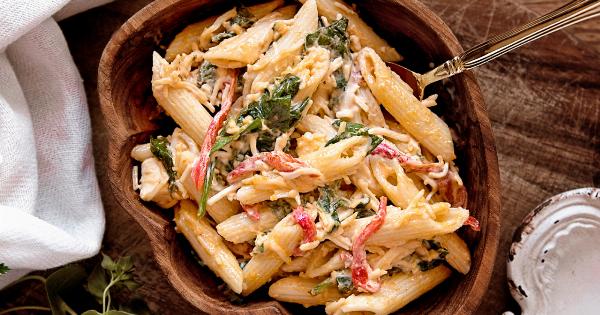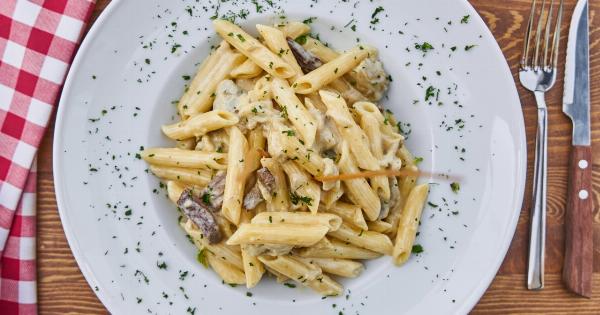Stroke and infarction are two leading causes of disability and death worldwide. Several risk factors are associated with these diseases, including high blood pressure, diabetes, smoking, and sedentary lifestyle.
However, recent research suggests that diet, and particularly lunch, may also play a crucial role in the prevention and management of stroke and infarction. In this article, we will explore the impact of lunch on these two conditions.
What is stroke and infarction?
Stroke is a medical condition that occurs when blood flow to the brain is disrupted, either by a blocked blood vessel or a bleed.
This can cause brain cells to die, leading to several symptoms, including weakness or numbness on one side of the body, difficulty speaking or understanding speech, and loss of vision. Infarction, on the other hand, occurs when an organ or tissue dies due to lack of blood supply. It is a common cause of heart attacks and organ damage.
What is the role of lunch in stroke and infarction?
Lunch is typically the main meal of the day for many people. It provides the body with essential nutrients and energy to function properly. However, the type and quality of food consumed during lunch can impact the risk of stroke and infarction.
Several studies have investigated the relationship between lunch and these diseases.
The impact of high-fat lunch on stroke and infarction
A high-fat lunch is often associated with foods such as burgers, fries, and fried chicken. These types of meals can increase the risk of stroke and infarction.
A study published in the Journal of the American College of Cardiology found that consuming a meal high in saturated fat can cause artery dysfunction, increasing the risk of heart attack and stroke. Another study published in the American Journal of Clinical Nutrition found that a high-fat lunch can impair blood flow to the brain, leading to cognitive decline.
The impact of high-sugar lunch on stroke and infarction
Consuming a high-sugar lunch, such as soda, candy, or pastries, can also increase the risk of stroke and infarction.
A study published in the Journal of the American Heart Association found that young adults who consume a high-sugar diet have an increased risk of cardiovascular disease, including stroke and infarction. Another study published in the British Medical Journal found that high sugar intake increases the risk of ischemic stroke, especially in women.
The impact of healthy lunch on stroke and infarction
Eating a healthy lunch can reduce the risk of stroke and infarction.
Several studies have shown that a Mediterranean-style diet, which emphasizes fruits, vegetables, whole grains, fish, and nuts, can improve cardiovascular health and reduce the risk of stroke and infarction. A study published in the New England Journal of Medicine found that adults who followed a Mediterranean diet had a lower risk of cardiovascular disease, including stroke and infarction.
Another study published in the journal Stroke found that a diet rich in fruits, vegetables, and whole grains can reduce the risk of ischemic stroke.
The impact of skipping lunch on stroke and infarction
Skipping lunch can also increase the risk of stroke and infarction. A study published in the American Journal of Epidemiology found that skipping lunch was associated with a higher risk of coronary heart disease.
Another study published in the Journal of Epidemiology and Community Health found that skipping lunch was associated with a higher risk of metabolic syndrome, a condition that increases the risk of stroke and infarction.
The importance of portion control
In addition to the type of food consumed, portion control is also important when it comes to reducing the risk of stroke and infarction. Eating too much can lead to weight gain and obesity, which are risk factors for these diseases.
A study published in the New England Journal of Medicine found that reducing portion sizes can help with weight loss, improve cardiovascular health, and reduce the risk of stroke and infarction.
Conclusion
In conclusion, lunch plays a crucial role in the prevention and management of stroke and infarction. Consuming a healthy lunch, such as a Mediterranean-style diet, and controlling portion sizes can reduce the risk of these diseases.
On the other hand, consuming a high-fat or high-sugar lunch can increase the risk of stroke and infarction. Finally, skipping lunch can also increase the risk of these diseases. Therefore, it is important to make informed decisions when it comes to lunch and choose healthy and balanced meals.





























